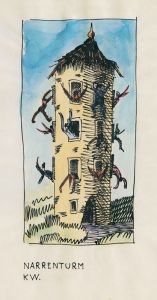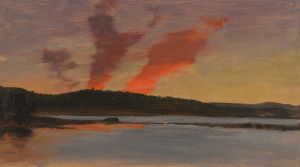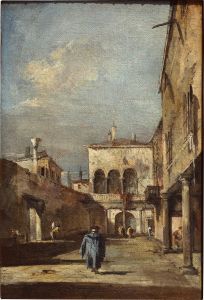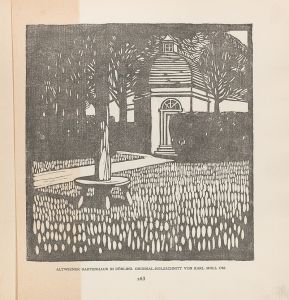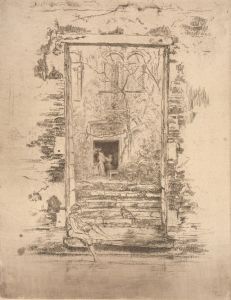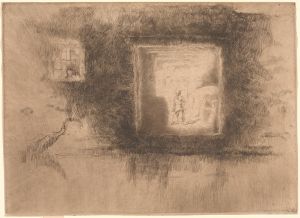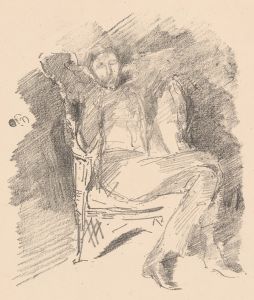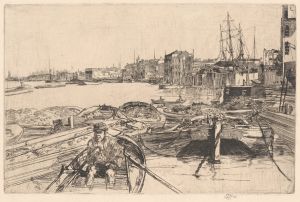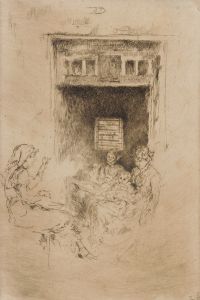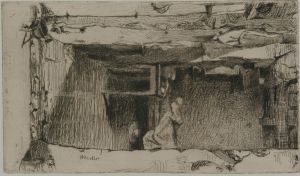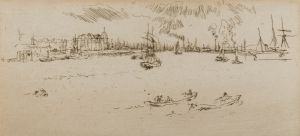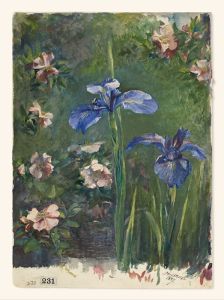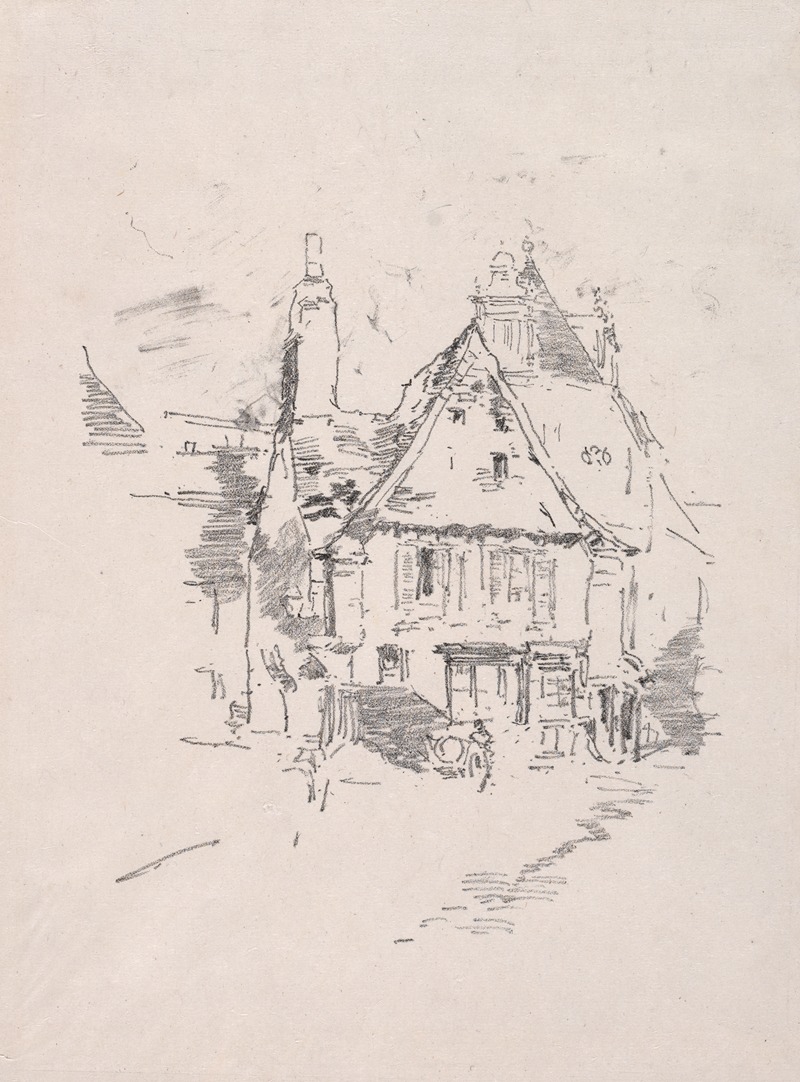
Gabled Roofs, Vitré
A hand-painted replica of James Abbott McNeill Whistler’s masterpiece Gabled Roofs, Vitré, meticulously crafted by professional artists to capture the true essence of the original. Each piece is created with museum-quality canvas and rare mineral pigments, carefully painted by experienced artists with delicate brushstrokes and rich, layered colors to perfectly recreate the texture of the original artwork. Unlike machine-printed reproductions, this hand-painted version brings the painting to life, infused with the artist’s emotions and skill in every stroke. Whether for personal collection or home decoration, it instantly elevates the artistic atmosphere of any space.
James Abbott McNeill Whistler's "Gabled Roofs, Vitré" is a notable work by the American-born, British-based artist, who is renowned for his contributions to the Aesthetic Movement and his influence on the art world in the late 19th century. Whistler, born in 1834, was a pivotal figure in the transition from Realism to Impressionism, and his works often emphasized mood and atmosphere over detailed representation.
"Gabled Roofs, Vitré" is one of Whistler's many works that capture the essence of European architecture and landscapes. Vitré is a commune in the Ille-et-Vilaine department in Brittany in northwestern France, known for its medieval buildings and picturesque scenery. Whistler visited Vitré during his travels in France, and the town's distinctive architecture evidently inspired him. The painting, as suggested by its title, focuses on the gabled roofs that are characteristic of the region's traditional buildings.
Whistler's technique in this painting reflects his broader artistic philosophy, which prioritized harmony and composition over the mere depiction of subjects. He often employed a limited color palette and subtle tonal variations to create a sense of unity and balance within his works. In "Gabled Roofs, Vitré," Whistler likely used these techniques to convey the quiet charm and historical ambiance of the town. The painting exemplifies his ability to capture the interplay of light and shadow, a skill that he honed throughout his career.
Whistler's approach to art was heavily influenced by his belief in "art for art's sake," a principle that suggests art should be appreciated for its beauty and aesthetic qualities rather than its narrative content or moral message. This philosophy is evident in "Gabled Roofs, Vitré," where the focus is on the visual and emotional impact of the scene rather than any specific story or event.
Throughout his career, Whistler was known for his innovative use of composition and his ability to evoke mood through his paintings. His works often drew comparisons to musical compositions, and he frequently used musical terms in the titles of his paintings, such as "nocturne" and "symphony," to emphasize the aesthetic experience they provided. Although "Gabled Roofs, Vitré" does not carry a musical title, it shares the same emphasis on mood and atmosphere that characterizes much of his oeuvre.
Whistler's influence extended beyond his own work; he played a significant role in the development of modern art and was a mentor to several younger artists. His emphasis on aesthetic harmony and his rejection of traditional narrative content helped pave the way for future movements, such as Impressionism and Symbolism.
"Gabled Roofs, Vitré" is a testament to Whistler's skill as an artist and his ability to capture the essence of a place through his unique artistic vision. The painting remains an important part of his body of work and continues to be appreciated for its aesthetic qualities and its contribution to the evolution of modern art.





